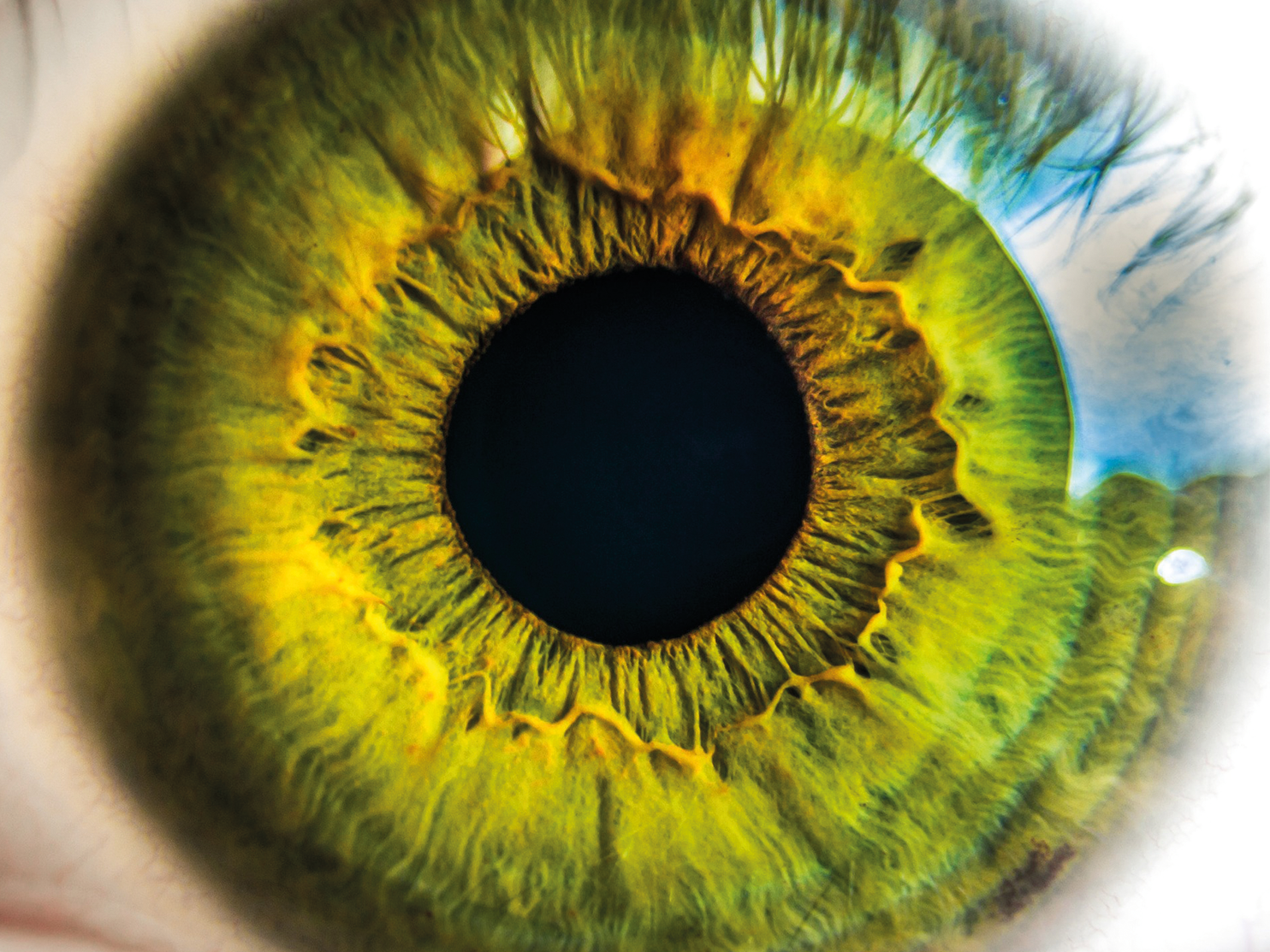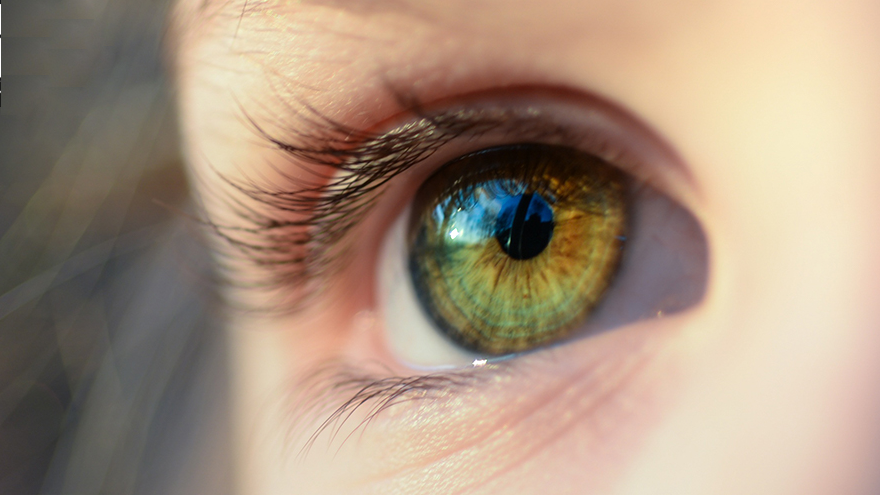 Biology
Biology

46502612 / 55502243
Auge
Warum sehen wir
Die meisten der Informationen, die auf uns einströmen und einwirken, nehmen wir über unseren Sehsinn wahr. Was passiert in unseren Augen aber genau während des Sehvorgangs? Der Film erklärt den Weg vom ins Auge treffende Licht bis zum Sinneseindruck durch unser Gehirn. Wie können wir räumlich sehen, wie Farbsehen? Das menschliche Auge ist in der Funktionsweise einer Kamera ähnlich. Wir vergleichen die Linse des Auges mit denen optischer Linsen. In Verbindung mit dem umfangreichen Zusatzmaterial (klassische und interaktive Arbeitsblätter, Testfragen, Glossar) lässt sich das Medium hervorragend im Unterricht verwenden. Die interaktiven Aufgaben, die Testfragen und das Glossar wurden mit H5P erstellt und können ohne weitere Software verwendet werden.
Play trailer
Curriculum-centred and oriented towards educational standards
Matching
Copyright
Copyright is subject to constant change to keep up with technological advances. This film enables the viewer to grasp the basic principles of this extremely intricate matter. By way of introduction, the film defines what an author is, what kinds of works there are and how long a work is protected on principle. Then the fundamental rights of an author are cited and it is shown how these are exploited in our times. In the third chapter, the respective rights are illustrated by way of practice-oriented examples of books, photos, music and films. Here, of course, an emphasis is laid on the field of education, taking into account the latest case law within the EU and Austria in particular. A further chapter highlights the problems arising with the Internet and goes into the citation law and pirate copies. All in all, in this way the viewer is made familiar with the most important basic terms and their meanings. Comprehensive worksheets and additional accompanying material invite us to deepen our knowledge of the subject.
Youth Movement
Dancing until your feet hurt: Here, at the meeting on the Hoher Meissner near Kassel, 3,500 participants from Boy Scout associations, youth and Wandervogel groups from all over the German-speaking region have gathered. They want to celebrate, simply get to know each other and commemorate a historic anniversary.









